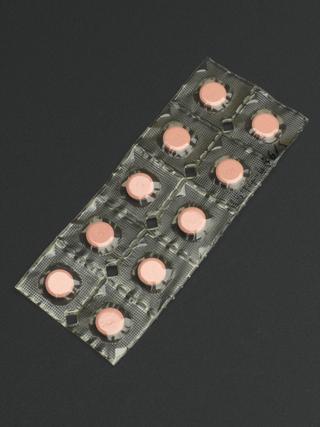
Gregory Goodwin Pincus 1903 - 1967
- occupation:
- Biologist, Researcher
- Nationality:
- American
- born in:
- Woodbine Junction, Cape May county, New Jersey, United States
Gregory Pincus was an American biologist and researcher. He spent much of his career studying hormones and animal physiology, but is best known for developing the oral contraceptive known as ‘the pill’. Pincus’s work in reproductive biology attracted the attention of leading birth control campaigner Margaret Sanger. Both were convinced a new form of contraceptive was possible, and Sanger secured funding for the key investigations that led to the discovery.
Pincus’s research courted controversy as early as the 1930s, when he achieved in vitro fertilisation (IVF) of rabbit eggs within a test tube. In public he was portrayed as the stereotypical ‘mad scientist’ messing with nature, and much of the scientific community shunned him. As a result he was denied work at leading research institutions and relied on private funding, such as that provided by Sanger, for years.
Pincus led a team of scientists from the early 1950s. They attempted to identify a synthetic hormone-based substance which could mimic the condition of pregnancy and thereby prevent real conception. Pincus’s main collaborators were biologist Min-Chueh Chang and physician John Rock. They also relied heavily on the earlier work of chemist Carl Djerassi.
Pincus, along with Min Chueh Chang, confirmed earlier research that progesterone would act as an inhibitor to ovulation. Trials of oral contraceptives took place in Puerto Rico in 1956; supervised by Dr. Edris Rice-Wray. Some women experienced side effects from 'the pill' and Rice-Wray reported that whilst Enovid gave 'one hundred percent protection against pregnancy', there were too many side adverse reactions.
Extensive human testing of Enovid - a synthetic hormone compound already prescribed for other conditions - followed. In 1960 it became the first oral contraceptive approved for marketing in the United States.